There are a few weeks to Christmas, but I like to speed up times and "carry on" by preparing some typical products of the various areas of Italy. Today's recipe is the Cremonese mustard, which is prepared by adding a few drops of mustard essence to a mix of candied fruit. The fruit can be candied whole or in pieces: to facilitate the operation and to make it ready for consumption "in the family" I have chosen to cut the fruit into pieces. Find out for me how to prepare it: it will take a few days, but the preparation is simple and does not require much work!
Video of the Recipe
Problems with playing the video? Reload the video from youtube.
Identity Card of the Recipe
- 178 KCal Calories per serving
-
Ingrediants
- 150 g of Granny Smith apples or another type of apple
- 10 drops of mustard essence
- 50 ml of water
- 150 g of untreated oranges
- 150 g of kiwi
- 150 g of tangerines
- 150 g of untreated lemon
- 150 g of firm figs or fioroni figs
- 150 g of quince
- 150 g of Passa Crassana pears or another type of pears
- 800 g of sugar
Materials Needed
- Wide saucepan with low sides
- Glass jars with respective screw cap
- Spoons
- Chopping board
- Knife
- Vegetable peeler
Preparation
Please note
To prepare this recipe we recommend the use of organic fruit, that is, not subjected to chemical treatments: many fruits, in fact (eg figs, citrus fruits, etc.), will be candied with the peel.
In this recipe we used very firm and compact fruit, in season (apples, pears, persimmon apples, citrus fruits, figs, kiwis), but it is possible to replicate the recipe with other fruit, such as apricots, peaches, cherries, plums, etc. .- Carefully wash the selected fruit and, if necessary, pit the fruit containing the stone.
- Peel apple, pear and kiwi. Instead, leave the skin on figs, citrus fruits and persimmon apples.
- Cut apple, pear, persimmon apple, lemon, orange and mandarin into coarse pieces. Instead, leave the figs whole. Gather all the fruit in a large saucepan but with low sides. Those who wish can also leave the fruit whole.
- Pour the granulated sugar (or another type of sugar) over the fruit, until it is completely covered: you will need about 800 g of sugar. Leave the fruit to macerate for 24 hours, without mixing.
Did you know that
The treatment for obtaining candied fruit is called candying: it is an ancient preservation method that is obtained by replacing the water present in the fruit with sugar. All this is possible through osmosis, a process by which the percentage of water present in the food is reduced while the sugar content increases. .- The following day you can see that the sugar, due to the osmotic effect, has completely dissolved, turning into syrup. At this point, add 4-5 tablespoons of water and bring to a boil: cook the fruit for 5 minutes (starting from the moment of boiling), taking care to maintain a gentle flame and stir gently to avoid breaking the fruit. Turn off the heat and allow to cool completely before covering with the lid.Leave the fruit to macerate for another 24 hours.
- On the third and fourth day (ie every 24 hours), repeat the procedure described in point 5, avoiding however the addition of water.
- After 4 days, the candied fruit is ready. Those who want to consume it immediately, can remove it from the syrup, place it on a wire rack to dry for a few hours and consume it like this, dehydrated, candied and natural.
- To prepare the mustard, on the other hand, combine the candied fruit with the syrup in previously sterilized jars (boiled in water for 30 minutes, then dried), and add a few drops of mustard essence (easily available in pharmacies). The ideal doses are 10 drops of mustard essence per kilo of mustard, but they can be modified by increasing or reducing the dose of mustard according to personal tastes.
- Close the jars with the sterilized lid.
- Place the jars of mustard in a large saucepan, cover with cold water and bring to a boil. Calculate 20 minutes from the resumption of boiling, then turn off the heat and allow the mustard to cool completely in its own pasteurization water or until vacuum-sealed.
- Store the Cremonese mustard in a dark environment and consume within 6-10 months.
Alice's comment - PersonalCooker
If you liked the idea of preparing candied fruit at home but you don't have many fruits available, you can also prepare it throughout the year and then combine the various candied fruits over Christmas, adding mustard: in this way, it will be easier to find fruits such as cherries, peaches, apricots, plums, etc.
Cremonese mustard is a perfect match for boiled meats and meats, but it is also delicious to spread on bread and to be consumed with ricotta, mascarpone or spreadable cheeses. Furthermore, mostarda is excellent when consumed with aged cheeses.
Don't miss the recipe for candied chestnuts (Marron glacé)!Nutritional values and Health Comment on the recipe
The Candied Fruit for Cremonese Mostarda is a sweet food based on preserved fruit.
It has a medium-high caloric intake; calories are mainly supplied by simple carbohydrates, followed by very few proteins and lipids.
Fiber is abundant and cholesterol is absent.
The Candied Fruit for Cremonese Mostarda is a product that should not be included in the diet of the overweight subject, the diabetic and the hypertriglyceridemic.
It is suitable for diet against celiac disease and lactose intolerance. It is suitable for vegetarian and vegan nutritional regimes.
The average portion of Candied Fruit for Cremonese Mostarda is about 30g (55kcal).


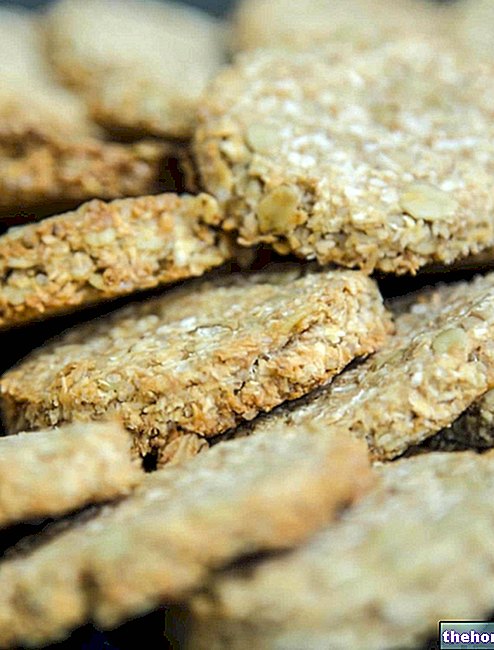
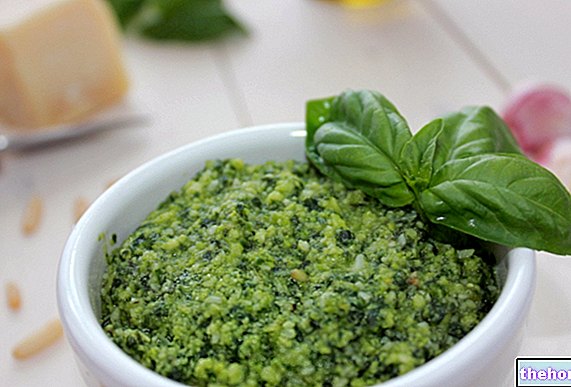
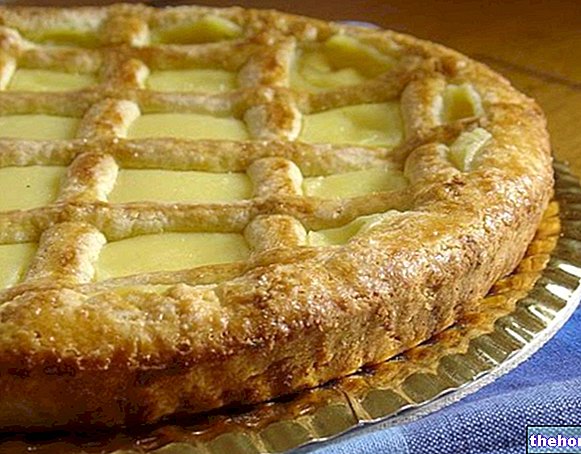
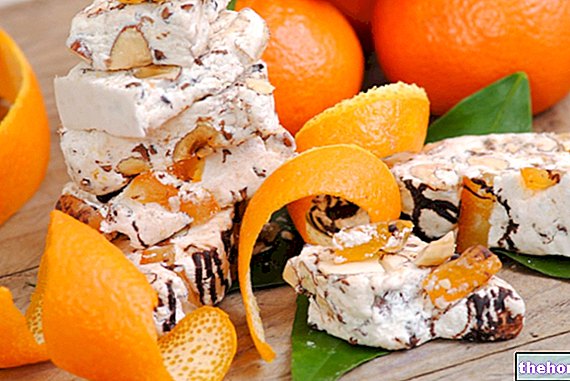
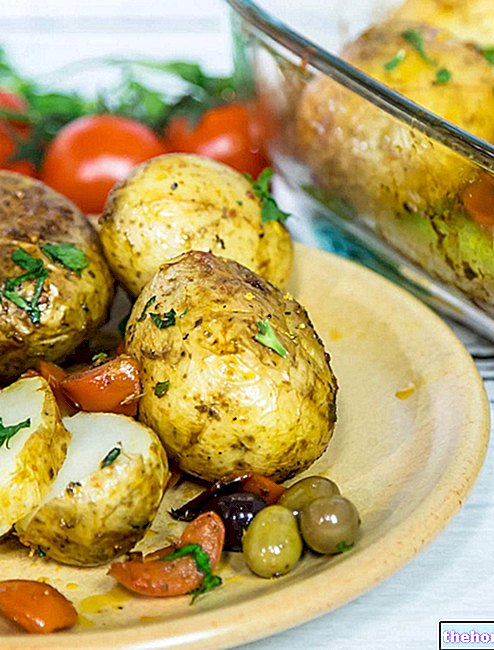
















-nelle-carni-di-maiale.jpg)




